WWII Rare Army Captured German'Battle of the Scheldt' Antwerpen' Map WW2 Relic
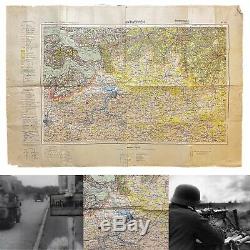
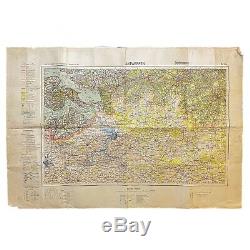
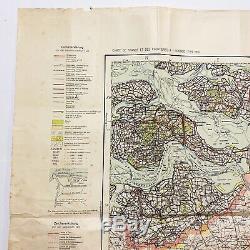
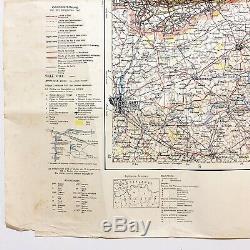
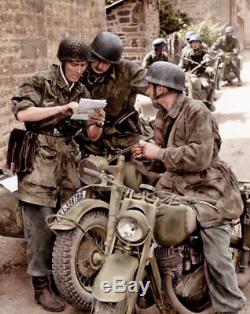
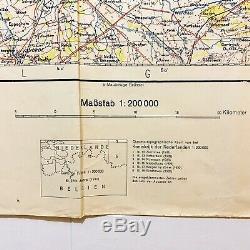
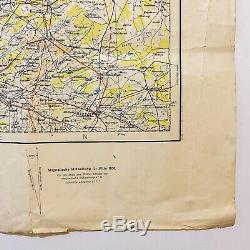
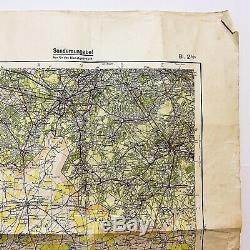
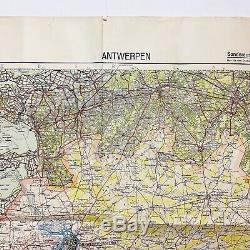
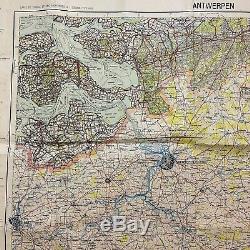
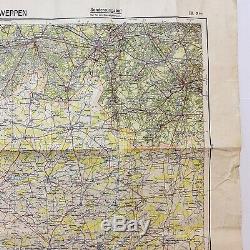
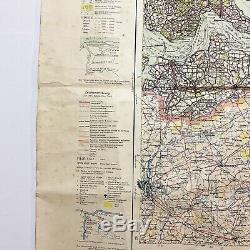


Following the Allied breakout after success in the. They began a series of rapid advances deeper into France, away from their initial avenues of supply along the west coast of France. The Allies needed a new port city as they advanced closer to Hitler in Germany, and Antwerp was it. This WWII German map of the port city of Antwerp (Antwerpen) is dated 1939 and was captured by an US infantry soldier open the Allied capture of the city form German control. Shows the area of the. In World War II which was a series of. So that its port could be used to supply the. Under acting command of the First Canadian's. The battle took place in northern. From October 2 to November 8, 1944. Overall the map is in very good condition for its age with minor folding and staining of the paper. This map would have played a crucial role in the German defenses of the city. The Battle of the Scheldt in World War II was a series of military operations.
Led by the First Canadian Army. So that its port could be used to supply the Allies.
Under acting command of the First Canadian's Lieutenant-General. The battle took place in northern Belgium. Defenders staged an effective delaying action, during which the Germans flooded land areas in the Scheldt estuary. After five weeks of difficult fighting, the Canadian First Army, at a cost of 12,873 Allied casualties (half of them Canadian), was successful in clearing the Scheldt after numerous amphibious assaults. Obstacle crossings, and costly assaults over open ground. Once the German defenders were no longer a threat, it was a further three weeks November 29, 1944 before the first convoy carrying Allied supplies was able to unload in Antwerp due to the necessity of de-mining.Following the Allied breakout after success in the battle of Normandy. Lack of a sufficiently robust supply line including enough port capacity was the main factor holding back further Allied advance. When finally taken, was too wrecked to use, and other ports were held as fortresses by the Germans. The Allies needed the large port of Antwerp and had counted on it.
The first plans for liberating Europe by the Anglo-American armies, code-named "Roundup", had been drawn up in December 1941. They had stressed that the port of Antwerp would be crucial for an invasion of Germany, as it was the largest deep-water port close to Germany that the Allies could hope to capture intact. Antwerp is a deep water inland port connected to the North Sea via the river Scheldt.The Scheldt was wide enough and dredged deep enough to allow the passage of ocean-going ships, and was close to Germany. (White Brigade) of the Belgian resistance seized the port of Antwerp before the Germans could blow the port as they were planning.
On September 4, Antwerp was taken by the 11th Armoured Division. With its harbour 90% intact. However, the Germans had heavily fortified Walcheren.
Island at the mouth of the Western Scheldt. Establishing well dug-in artillery impervious to air attack and controlling access to the river.
This made it impossible for Allied minesweepers to clear the heavily mined river. Ordered the 15th German Army, which had been stationed in the Pas de Calais.Region and was now marching north into the Low Countries, to hold the mouth of the river Scheldt, depriving the Allies of the use of the Antwerp port. Montgomery became aware of this on September 5, thanks to Ultra.
Hitler had personally designated the island "Fortress Walcheren", which he ordered to be defended to the last man. Walcheren island was held by mixture of Kriegsmarine. With its garrison consisting of the 202nd Naval Coastal Artillery Battalion, the 810th Naval Anti-Aircraft Battalion, the 89th Fortress Regiment and the 70th Infantry Division commanded by General Wilhelm Daser. The item "WWII Rare Army Captured German'Battle of the Scheldt' Antwerpen' Map WW2 Relic" is in sale since Saturday, February 29, 2020. This item is in the category "Collectibles\Militaria\WW II (1939-45)\Original Period Items\Germany\Personal, Field Gear". The seller is "worldwarartifactsandrelics" and is located in Algonquin, Illinois.This item can be shipped worldwide.
- Featured Refinements: WW2 Relics


